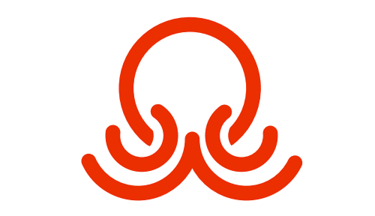Atypical Path (Voie Atypique) 🐙, landmarks for understanding cognitive diversity better
Atypical Path
THE BLOG
All articles are translated from French by a translator.
FAQ
What is the difference between neurodiversity and neuroatypicality?
Neurodiversity refers to the full range of natural variations in human brain functioning. It includes all individuals, whether described as neurotypical or neuroatypical.
Neuroatypicality refers to neurological functioning that differs from the majority. It encompasses profiles associated with neurodevelopmental conditions such as ASD, ADHD, or specific learning disorders (DYS).
Is being neuroatypical a disease?
No. Being neuroatypical is not a disease but rather a different brain functioning, shaped by diverse neurodevelopmental trajectories. These differences, present from childhood, reflect variations in cognitive and behavioral functioning across the population. They may be accompanied by adaptation challenges or specific strengths, depending on individual and environmental contexts.
Is high intellectual potential (HPI) a form of neuroatypicality?
No. High Intellectual Potential (HPI) refers to cognitive functioning statistically above average, generally defined by a total IQ of 130 or higher. While HPI can involve specific cognitive characteristics, it does not correspond to a clinically atypical neurological functioning. It is therefore part of human neurodiversity but is not considered a neuroatypicality in diagnostic classifications.
Can a person have several of these profiles at once?
Yes. The same person may present multiple characteristics, for example ADHD combined with ASD. These combinations, sometimes multiple, are not exceptions but rather a frequent reality, increasingly recognized and studied by researchers and clinicians.
Why talk about the inclusion of neurodivergent people?
Because most environments (schools, workplaces, institutions) have historically been designed according to neurotypical modes of functioning. Promoting inclusion means adapting these environments so that they are accessible to the diversity of cognitive profiles, enabling everyone to learn, work, and thrive according to their needs and characteristics.
How can a neuroatypical profile be identified or diagnosed?
Diagnosis is based on a comprehensive clinical assessment aimed at understanding a person’s functioning and, if necessary, identifying a specific condition or disorder according to current diagnostic frameworks. Psychologists and neuropsychologists conduct these assessments, but only a physician (psychiatrist, neuropediatrician, or pediatrician) can confirm the diagnosis.
Self-identification can be a useful starting point but does not replace a complete and rigorous evaluation.
Hello, I’m Claire, the person behind Atypical Path
As a psychology student returning to higher education, I channel my scientific curiosity and my research work into helping those who wish to better understand the diversity of cognitive functioning.


What characterizes the living world is both its apparent diversity and its underlying unity.
François Jacob


